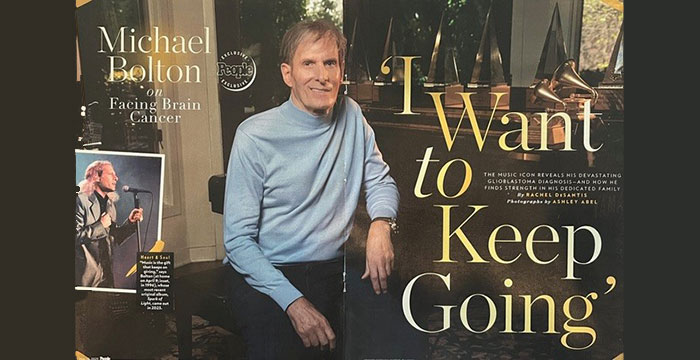The lone figure of a man at sunrise leaned in and touched a name. Was this a daily or weekly ritual? Was it the first time or one of many? Why at first light?
I had come to the Vietnam Veterans Memorial in Washington with my own agenda. I wanted to film one of my “Hank’s Deep Thoughts” videos at dawn. I was hoping to beat the crowds, and I like how the early morning light brings long shadows.
 I was here to ponder how one place can hold so much grief and healing.
I was here to ponder how one place can hold so much grief and healing.
The Vietnam War, to me, was personal. I had come of age as my friends were going off to war. Mass demonstrations, draft card burnings, and men fleeing to Canada marked the era. The war drove one president from office and marred the legacy to two others. I got my draft induction orders in 1969 but was spared from service by staying in college and getting a high lottery number.
The Wall of Grief
By chance, I ended up with a backstage view of the design of “The Wall,” as it has become known. It was a long and winding road for me from Gainesville, Florida, through Louisville, Kentucky, and Macon, Georgia to therapy group in a church on Embassy Row near Dupont Circle in D.C. We all came to the group with our own issues and often reminded each other, “We’re all Bozos on this bus.”

Hank asked his friend who was not in the group, David Wear, to draw the therapy group motto, “We’re all Bozos on this bus!”
One of the group members was an artist and Vietnam vet who submitted a design for the memorial. His was one of 1,421 designs entered in the competition to honor more than 57,000 Americans who died in a war that divided the nation.
The winning design came from a 21-year-old architecture student from Athens, Ohio, Maya Ying Lin. Her idea was quite simple: Two polished black granite walls below ground level forming a V-shape in the earth. The names of the dead and missing were each listed in chronological order — 1959-1975.
A firestorm of opposition to the design quickly arose. The artist-vet, of course, felt his idea of showing soldiers’ courage in battle was better. Others said the black of the wall was the color of shame. They saw it as a “wall of shame” — a ditch in the ground. Lin’s view was that it represented a gash, a wound in the earth that needed healing.
A place of grief and healing
 It turns out her idea was masterful. The Wall has become a place of reflection and healing, a public place to grieve privately. Annually, millions walk the path by the wall in silence, as if in a sacred space — indeed it is. Grown men weep as they touch the name of a fallen comrade. Children visit the names of fathers they never knew.
It turns out her idea was masterful. The Wall has become a place of reflection and healing, a public place to grieve privately. Annually, millions walk the path by the wall in silence, as if in a sacred space — indeed it is. Grown men weep as they touch the name of a fallen comrade. Children visit the names of fathers they never knew.
That lone man who touched the wall silently at dawn — what’s his story? I don’t know. It was too private of a moment for me to interrupt. He walked past me into the morning light.
__________________________________________
Chaplain Hank Dunn is the author of Hard Choices for Loving People: CPR, Feeding Tubes, Palliative Care, Comfort Measures and the Patient with a Serious Illness and Light in the Shadows. Together they have sold over 4 million copies. You can purchase his books at hankdunn.com or on Amazon.





